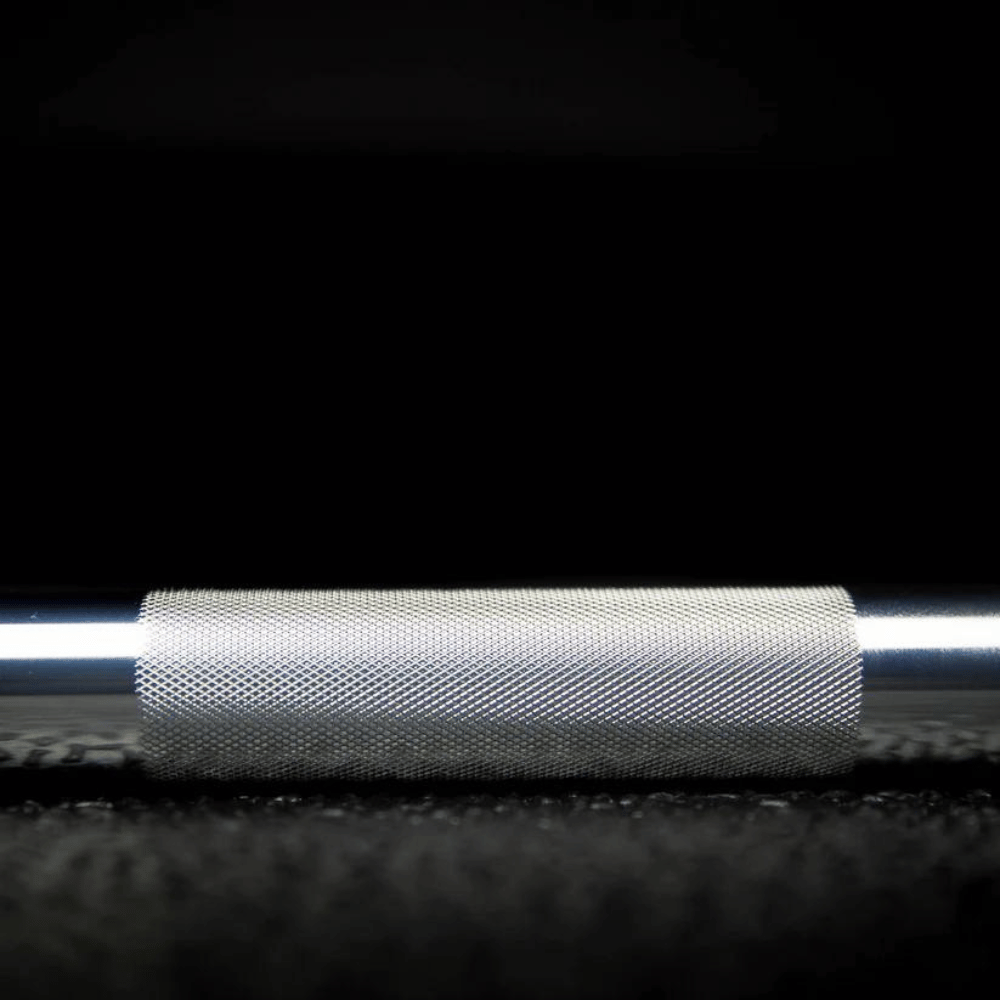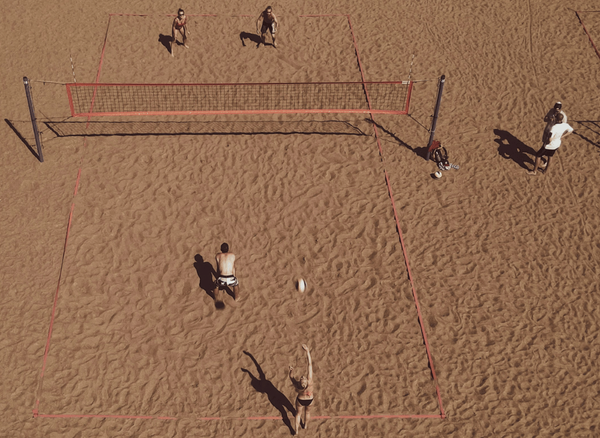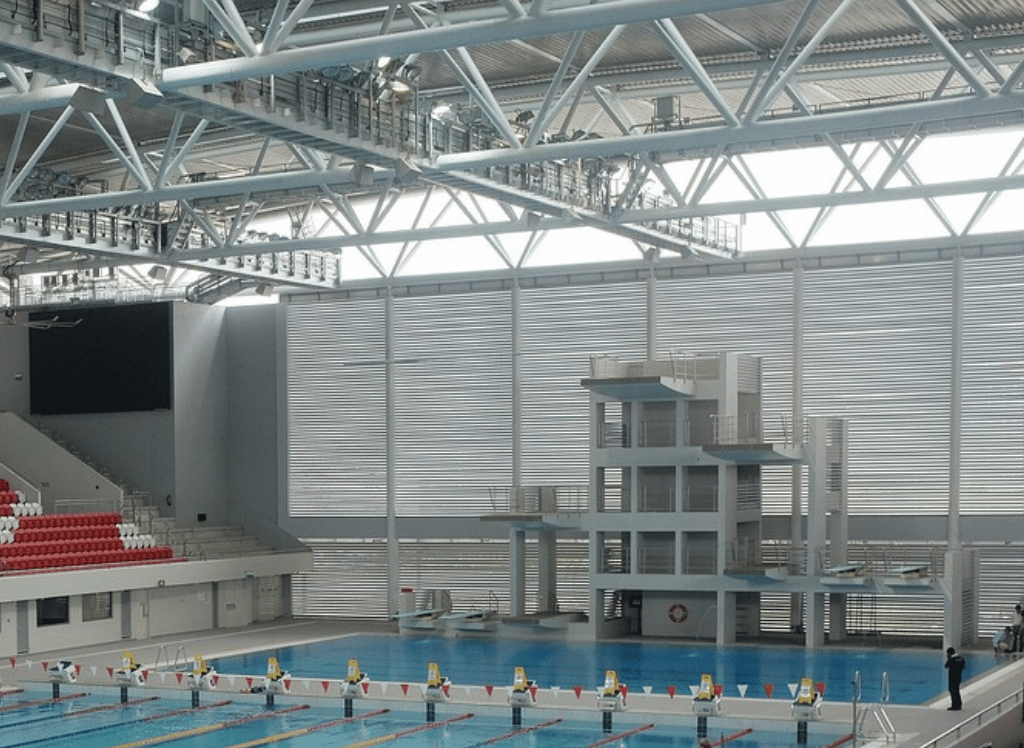Ever wondered why Olympic barbells are the gold standard in weightlifting? Well, grab your lifting belt and chalk up because we're diving into the nitty-gritty of these iconic bars.
The Standard Length of an Olympic Barbell
When it comes to Olympic barbells, size does matter. The men's Olympic barbell measures a whopping 2.2 meters (7.2 feet) in length. This isn't just a random number; it's a carefully calculated dimension that meets the International Weightlifting Federation (IWF) specifications. On the other hand, the women's Olympic barbell is slightly shorter at 2.01 meters (6.6 feet).
These lengths aren't just for show. The longer bar allows for a wider grip, which is crucial for exercises like the snatch and clean and jerk. The extra length also helps distribute the weight more evenly, reducing stress on your wrists and shoulders. So, next time you're at the gym, you'll know exactly why that barbell is so darn long.
How Much Can an Olympic Barbell Handle?
If you've ever seen an Olympic weightlifting competition, you know those athletes aren't lifting featherweights. Olympic barbells are designed to handle some serious poundage. Most Olympic bars can support up to 1500 pounds, making them ideal for heavy lifting.
This high weight capacity is thanks to the bar's construction. Olympic barbells are typically stronger and more durable than standard bars. They are made from high-quality steel and feature rotating sleeves, which reduce the torque created during lifts. This means you can load up those bumper plates without worrying about the bar bending or breaking.
Olympic Barbells vs. Standard Barbells
What's the big deal? A barbell is a barbell, right? Well, not quite. There are some major differences between Olympic barbells and standard barbells. For starters, Olympic bars have a larger diameter, usually around 28-29mm, compared to the 25mm diameter of standard bars.
Another key difference is the sleeve diameter. Olympic barbells have sleeves that are 50mm in diameter, designed to fit Olympic plates. Standard bars, on the other hand, have sleeves that are 25mm in diameter. This means you can't use Olympic plates on a standard barbell and vice versa. So if you're planning to set up a home gym, make sure you get the right barbell for your weight plates.
Importance of Rotating Sleeves
One of the standout features of Olympic barbells is their rotating sleeves. These sleeves are designed to spin, reducing the torque created during lifts. This is especially important for Olympic lifting exercises like the clean and jerk, where the bar needs to rotate quickly and smoothly.
Rotating sleeves also help to reduce stress on your wrists and elbows, making your lifts more comfortable and reducing the risk of injury. So, if you're serious about strength training, investing in an Olympic barbell with rotating sleeves is a no-brainer.
Specialty Bars
While the standard men's and women's Olympic barbells are versatile, there are times when you might want to use specialty bars. For example, a shorter barbell, often referred to as an "oly bar," is great for functional fitness and training sessions that require more maneuverability.
Specialty bars like the trap bar or the Swiss bar can also be useful for targeting specific muscle groups or reducing strain on certain joints. These bars are designed to offer a more secure grip and can be a great addition to your home gym setup.
Role of Center Knurling
If you've ever looked closely at an Olympic barbell, you might have noticed the knurling in the center of the bar. This center knurling is there for a reason. It provides extra grip during exercises like squats, where the bar rests on your shoulders.
This is especially important when you're lifting heavy weights, as a slipping bar can lead to serious injury. So next time you're doing squats, take a moment to appreciate that extra bit of grip.

Importance of a Secure Grip
A secure grip is crucial when lifting heavy weights. Olympic barbells are designed with knurling on the bar to provide extra grip and prevent the bar from slipping during lifts. This is especially important for exercises like deadlifts and bench presses, where a slipping bar can lead to serious injury.
The knurling on Olympic barbells is carefully designed to provide the right amount of grip without being too abrasive. This ensures that you can maintain a secure grip without tearing up your hands. So, next time you're lifting, take a moment to appreciate that extra bit of grip.
Olympic Barbells in Functional Training
Olympic barbells aren't just for Olympic weightlifting. They are also a staple in functional training routines. Exercises like deadlifts, bench presses, and bicep curls can all be performed with an Olympic barbell, making it a versatile piece of equipment for any gym.
The longer length and higher weight capacity of Olympic barbells make them ideal for functional training exercises that require more weight. Plus, the rotating sleeves and larger diameter help to reduce stress on your joints, making your workouts more comfortable and effective.
Benefits of Using Olympic Plates
When it comes to weight plates, Olympic plates are the way to go. These plates have a larger diameter hole, designed to fit the 50mm sleeves of Olympic barbells. This makes them more stable and secure during lifts, reducing the risk of the plates slipping off the bar.
Olympic plates are also typically stronger and more durable than standard plates. They are often made from high-quality materials like rubber or urethane, which can withstand the wear and tear of heavy lifting. So, if you're looking to invest in some new weight plates, Olympic plates are a solid choice.
Versatility of Olympic Barbells
One of the main advantages of Olympic barbells is their versatility. Whether you're doing squats, bench presses, or Olympic lifting, an Olympic barbell can handle it all. This makes them a great investment for any gym, whether it's a commercial gym or a home setup.
The longer length and higher weight capacity of Olympic barbells make them suitable for a wide range of exercises. Plus, the rotating sleeves and larger diameter help to reduce stress on your joints, making your workouts more comfortable and effective.
Choosing the Right Barbell for Your Needs
With so many different types of barbells on the market, choosing the right one can be a bit overwhelming. But if you're serious about strength training, an Olympic barbell is a great choice. These bars are designed to handle more weight and offer a more secure grip, making them ideal for heavy lifting.
When choosing an Olympic barbell, consider factors like the length, weight capacity, and sleeve diameter. Make sure the bar you choose meets the IWF specifications and is made from high-quality materials. This will ensure that your barbell can withstand the wear and tear of heavy lifting and provide you with a safe and effective workout.
Importance of Proper Maintenance
Like any piece of gym equipment, Olympic barbells require proper maintenance to keep them in good condition. This includes regular cleaning and lubrication of the rotating sleeves to ensure they spin smoothly. It's also important to check the bar for any signs of wear and tear, such as bending or rusting.
Proper maintenance will not only extend the life of your barbell but also ensure that it remains safe to use. So, make sure to give your barbell some TLC and it will serve you well for years to come.
Competitive Weightlifting
Olympic barbells are the standard in competitive weightlifting. They are used in all major competitions, including the Olympics, and meet the strict specifications set by the International Weightlifting Federation (IWF). This ensures a level playing field for all athletes and allows for accurate measurement of lifts.
The high weight capacity and rotating sleeves of Olympic barbells make them ideal for the explosive lifts performed in competitions. These features help to reduce stress on the joints and allow for smoother, more efficient lifts. So, if you're aspiring to compete in weightlifting, an Olympic barbell is a must-have.
Benefits of Using Bumper Plates
Bumper plates are a type of Olympic plate that are designed for Olympic lifting. These plates are made from dense rubber, which allows them to be dropped from overhead without damaging the floor or the barbell. This makes them ideal for exercises like the snatch and clean and jerk.
Bumper plates also have a larger diameter than standard plates, which helps to distribute the weight more evenly and reduce stress on the barbell. This makes them a great choice for heavy lifting and functional training exercises.
Olympic Barbells in Strength Training
Olympic barbells are a staple in strength training routines. Their high weight capacity and durable construction make them ideal for heavy lifting exercises like squats, deadlifts, and bench presses. The rotating sleeves and larger diameter also help to reduce stress on your joints, making your workouts more comfortable and effective.
Whether you're a seasoned lifter or just starting out, an Olympic barbell is a great investment for your strength training routine. These bars are designed to handle more weight and offer a more secure grip, making them ideal for heavy lifting.
Benefits of Using Olympic Barbells in a Home Gym
If you're setting up a home gym, an Olympic barbell is a must-have. These bars are versatile and can be used for a wide range of exercises, from squats and bench presses to Olympic lifting. The high weight capacity and durable construction make them ideal for heavy lifting, while the rotating sleeves and larger diameter help to reduce stress on your joints.
Investing in an Olympic barbell for your home gym will allow you to perform a wide range of exercises and get a full-body workout. Plus, the high-quality construction ensures that your barbell will last for years to come.
Importance of Choosing the Right Weight Plates
When it comes to weight plates, choosing the right ones is crucial. Olympic plates are designed to fit the 50mm sleeves of Olympic barbells, providing a more stable and secure fit. This reduces the risk of the plates slipping off the bar during lifts, making your workouts safer and more effective.
Olympic plates are also typically stronger and more durable than standard plates. They are often made from high-quality materials like rubber or urethane, which can withstand the wear and tear of heavy lifting. So, if you're looking to invest in some new weight plates, Olympic plates are a solid choice.
Role of Olympic Barbells in Functional Fitness
Olympic barbells are a staple in functional fitness routines. Their high weight capacity and durable construction make them ideal for heavy lifting exercises like deadlifts, squats, and bench presses. The rotating sleeves and larger diameter also help to reduce stress on your joints, making your workouts more comfortable and effective.
Whether you're training for a competition or just looking to improve your overall fitness, an Olympic barbell is a great investment. These bars are designed to handle more weight and offer a more secure grip, making them ideal for heavy lifting and functional fitness exercises.
Olympic Barbell FAQ
Learn more and browse through the frequently asked questions.
How long is an Olympic barbell?
The men's Olympic barbell is 2.2 meters (7.2 feet) long, while the women's barbell is 2.01 meters (6.6 feet).
What is the weight capacity of an Olympic barbell?
Most Olympic barbells can support up to 1500 pounds, making them ideal for heavy lifting.
Can I use Olympic plates on a standard barbell?
No, Olympic plates have a larger diameter hole designed to fit the 50mm sleeves of Olympic barbells. Standard barbells have smaller sleeves and are not compatible with Olympic plates.
How much does an Olympic barbell weigh?
An Olympic barbell typically weighs 20 kilograms (44 pounds) for men's bars and 15 kilograms (33 pounds) for women's bars. However, they can vary in weight depending on specific manufacturers. So it is important to check the specifications before purchasing one.
Summary
Olympic barbells are the gold standard in weightlifting for a reason. Their precise measurements, high weight capacity, and durable construction make them ideal for a wide range of exercises, from squats and bench presses to Olympic lifting. Whether you're setting up a home gym or training for a competition, an Olympic barbell is a must-have.









